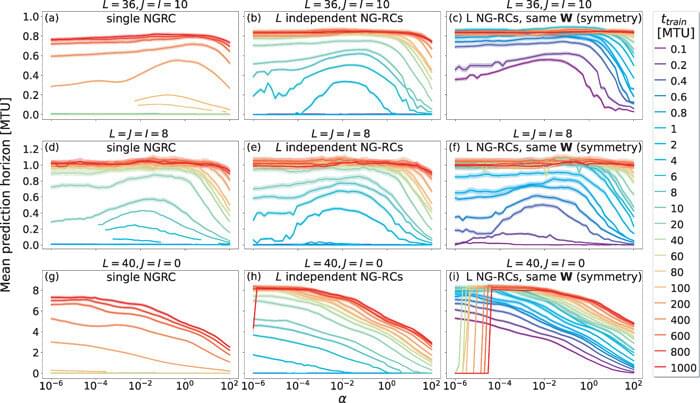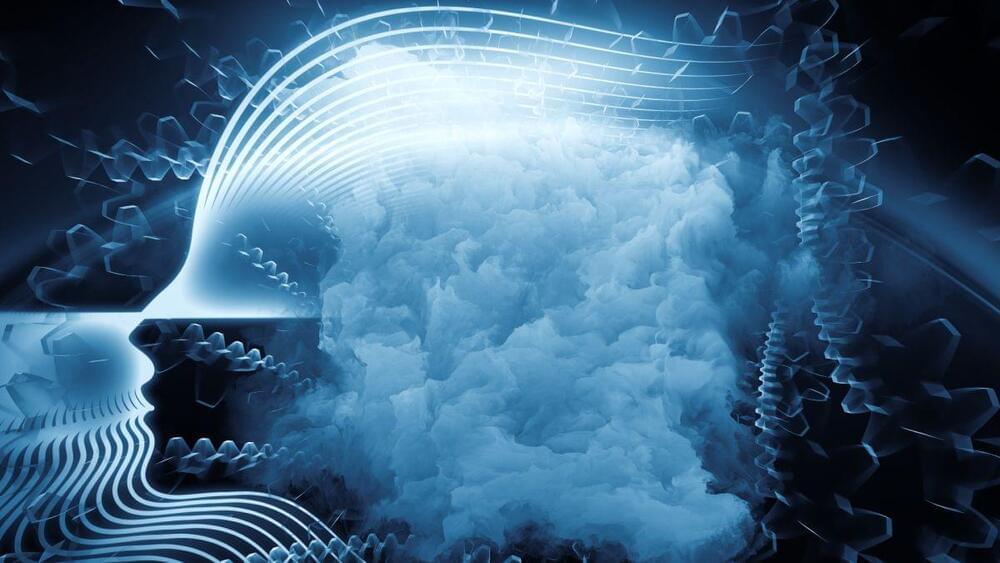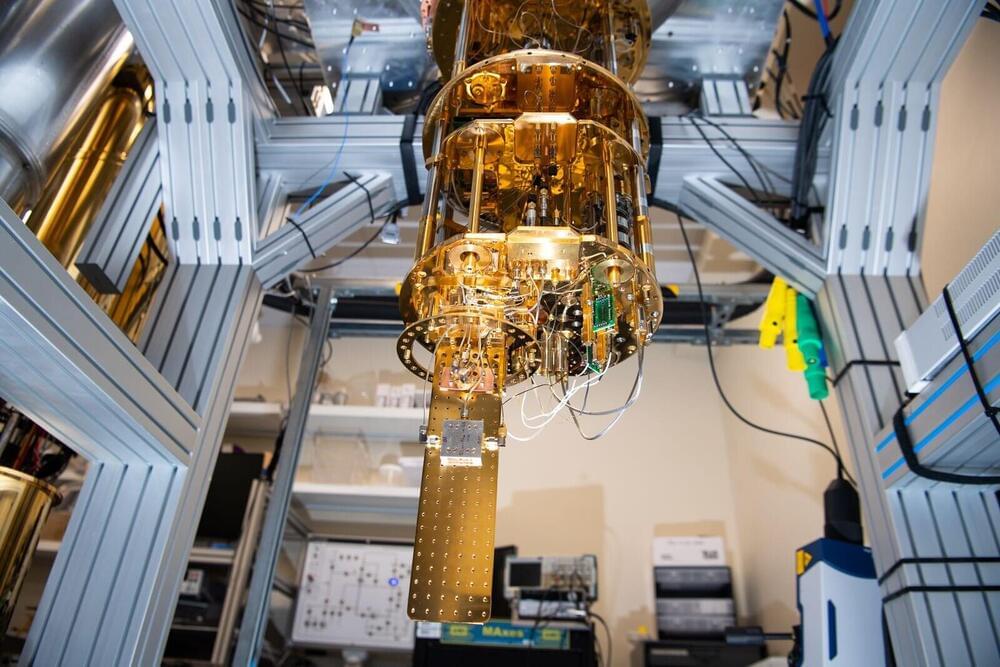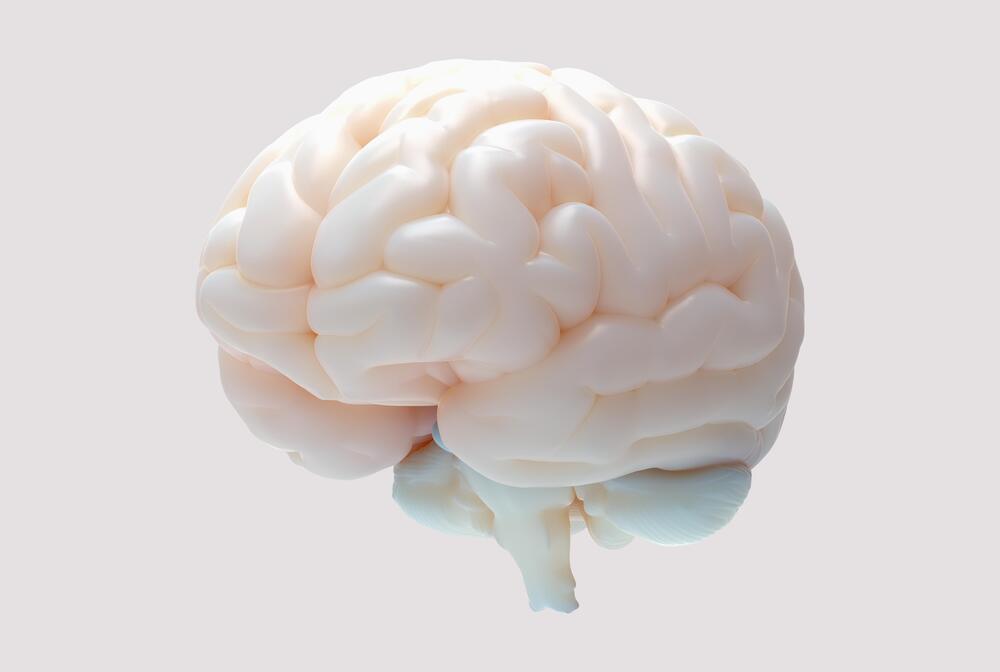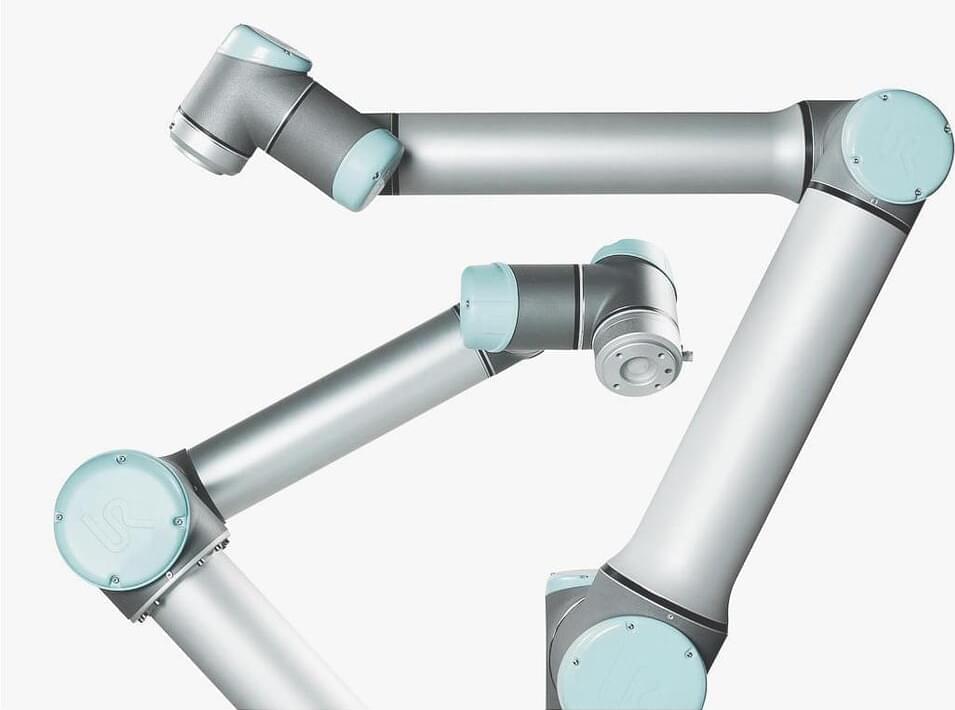Juncal Arbelaiz Mugica is a native of Spain, where octopus is a common menu item. However, Arbelaiz appreciates octopus and similar creatures in a different way, with her research into soft-robotics theory.
More than half of an octopus’ nerves are distributed through its eight arms, each of which has some degree of autonomy. This distributed sensing and information processing system intrigued Arbelaiz, who is researching how to design decentralized intelligence for human-made systems with embedded sensing and computation. At MIT, Arbelaiz is an applied math student who is working on the fundamentals of optimal distributed control and estimation in the final weeks before completing her PhD this fall.
She finds inspiration in the biological intelligence of invertebrates such as octopus and jellyfish, with the ultimate goal of designing novel control strategies for flexible “soft” robots that could be used in tight or delicate surroundings, such as a surgical tool or for search-and-rescue missions.
